Brown Pelican Facts
- This impressive winged wonder most frequently goes by the descriptive common name of the Brown Pelican in most parts of its range. It does have a few other general titles, though. These include Common Brown Pelican and Gulf Brown Pelican, among others.
- Inside of the scientific community, however, it’s possibly better known by its technical appellation. Like many such terms, though, it’s somewhat difficult for the layperson to pronounce. That’s because the avian holds the formal tag of Pelecanus occidentalis.
- This marvel of evolution received that epithet due to the efforts of Carl Linnaeus. The esteemed Swedish researcher accomplished the first recognition of it as a separate and distinct species. He achieved that scientifically noteworthy deed in 1766.
- The distinctive animal’s notable to science for several reasons. Among those stands the fact that it qualifies as one of only two varieties of pelicans that feed by diving headfirst into the water. It also ranks as one of only three of its kind in its part of the world.
- Thankfully, the remarkable Brown Pelican appears to be maintaining a population base that’s both stable and sufficient. This pleasant state also seems to hold true across the entirety of its range. The IUCN thus currently list it as a Species of Least Concern.
- The bird nevertheless should be considered as facing several potential threats to its existence, at least. Like all other forms of life on earth today, most of these stem from the actions of man. They include the related perils of habitat loss and climate change.
Related Articles
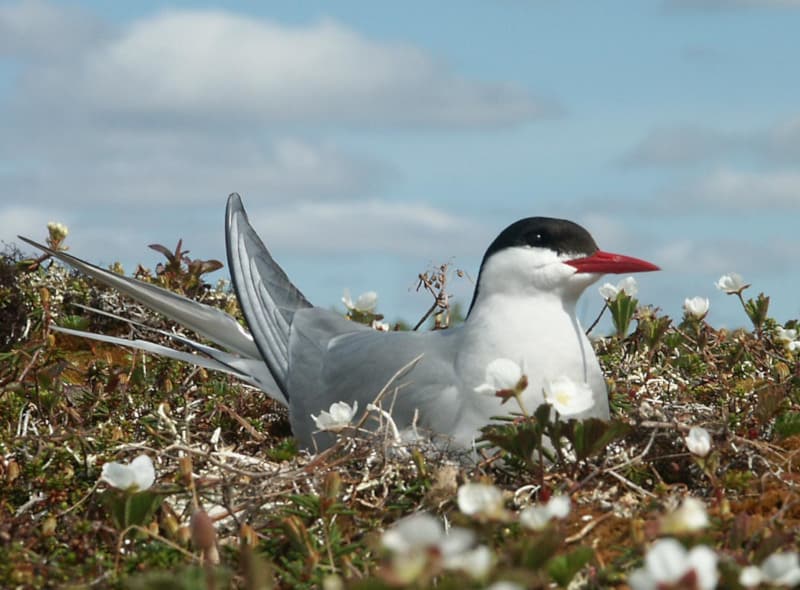
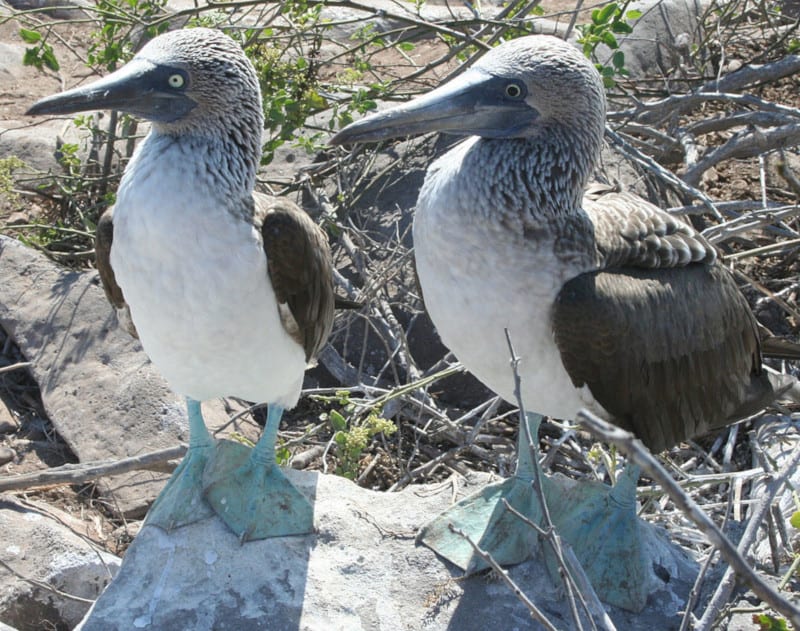
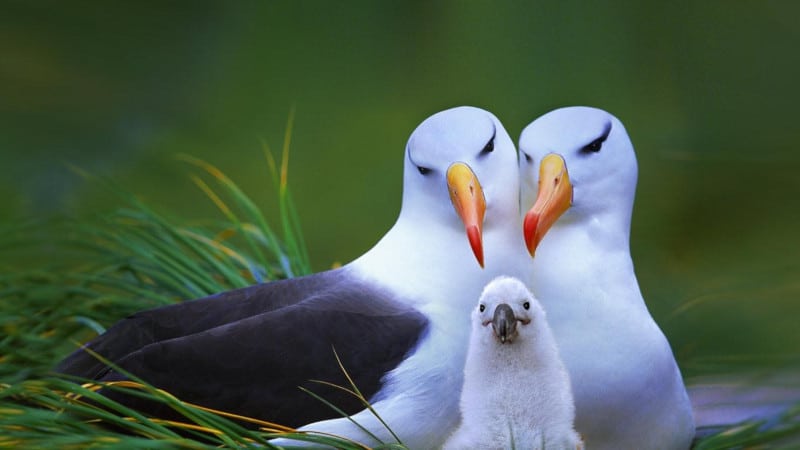
Albatross
Brown Pelican Physical Description
The amazing Brown Pelican typically draws the attention of the viewer without fail. Yet, unlike some seabirds, it does so for more than reason. That’s due to the fact that it’s not just visually appealing, but also boasts some fairly impressive physical characteristics.
It does distinguish itself from many birds around the globe in this respect, though. That’s because it generally displays little if any of the trait of sexual dimorphism. During breeding season, however, males may develop more vibrant colors on their plumage and bills.
Otherwise, the two genders remain virtually identical in appearance. A typical length, from the tip of the bill to that of the tail, averages an impressive 4 – 6 ft (1.2 – 1.8 m). The bird’s equally awesome wingspan, meanwhle, averages approximately 6.5 – 8 ft (2 – 2.5 m).
Body masses for this winged wonder also vary greatly between individuals. This aspect of its physiology typically ranges anywhere from roughly 4.4 – 11.0 lb (2 – 5 kg). A more typical weight, however, generally measures somewhere in the middle of this large range.
It’s the coloring of the aptly-named Brown Pelican that garners the most interest, though. As that name implies, the overall pattern of this consists of a background of brown, varying in shade in certain sections of the body. It sometimes shows white on the head or neck.
Yet, the intriguing animal also has still other features deserving of note as well. Among these stands its unique bill. This develops as long and thick, hooked at the tip and typically present as grayish in color, often with a yellowish or reddish tinge on the lower portion.
It also has a large, expandable throat pouch, used for catching fish. This pouch can hold several liters of water when fully extended. It’s typically grayish in color. Like many related creatures, it’s feet evolved as webbed, being adapted for swimming and diving purposes.
- Kingdom: Animalia
- Phylum: Chordata
- Class: Aves
- Order: Pelecaniformes
- Family: Pelecanidae
- Genus: Pelecanus
- Species: P. occidentalis
Brown Pelican Distribution, Habitat, and Ecology
The gorgeous Brown Pelican evolved as native to a comparatively unique expanse of the earth’s surface. In somew ways, this zone of habitation ranks as extensive, yet in others its highly restrictive. This makes defining its native range no simple task to undertake.
Along the western coast of North America, this marvel of Nature and evolution appears from British Columbia in Canada down to Central America. There, the animal inhabits a range that includes Mexico, Guatemala, Belize, Honduras, El Salvador, and Nicaragua.
Meanwhile, along the eastern coast of this same continent, the intrepid bird appears from the northeastern United States, including the Gulf Coast states of Texas, Louisiana, Mississippi, Alabama, and Florida, all the way down through the Caribbean islands.
Extending out from there, though, it’s also common along the coastlines of Central American countries such as Belize, Honduras, Nicaragua, Costa Rica, and Panama. It also lives in the Caribbean islands, including Cuba, Jamaica, Puerto Rico, and the Lesser Antilles.
In South America, It’s found along the northern coastlines, including Venezuela, Colombia, Guyana, Suriname, French Guiana, and northern Brazil. The last of the locations it inhabits consists of the Galapgos Islands, located in the Pacific Ocean off the coast of Ecuador.
Given the nature of this range, it’s no surprise that it’s highly adapted to coastal habitats. It’s thus commonly found in a variety of marine environments along the coastlines of the Americas. These various locations do all share proximity to the sea, of course.
It’s often seen along sandy beaches, rocky shores, and coastal cliffs. They frequently roost on sandy spits, sandbars, and offshore islands. Yet, it also often chooses to inhabit estuarine environments where rivers meet the sea, as well as coastal lagoons and marshes.
Mangrove swamps and forests additionally occasionally serve their purposes, as well as coastal wetland habitats such as salt marshes, tidal flats, and mudflats. In some areas,it’s adapted to human-altered environments such as marinas, harbors, and fishing piers.
The diet of the Brown Pelican consists mainly of fish, including anchovies, menhaden, mullet, and various species of small baitfish. It’s even well known to feed cooperatively, with groups of pelicans herding fish into shallow water before diving to catch them.
The natural wonder breeds in colonies, typically on offshore islands or remote coastal areas. There, it builds its nests on the ground or in low trees or shrubs. Breeding season varies depending on the location but most often occurs in the local spring or summer months.
Species Sharing Its Range
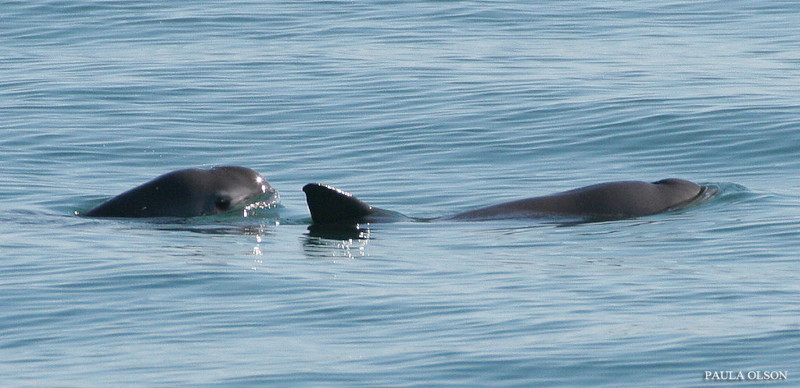
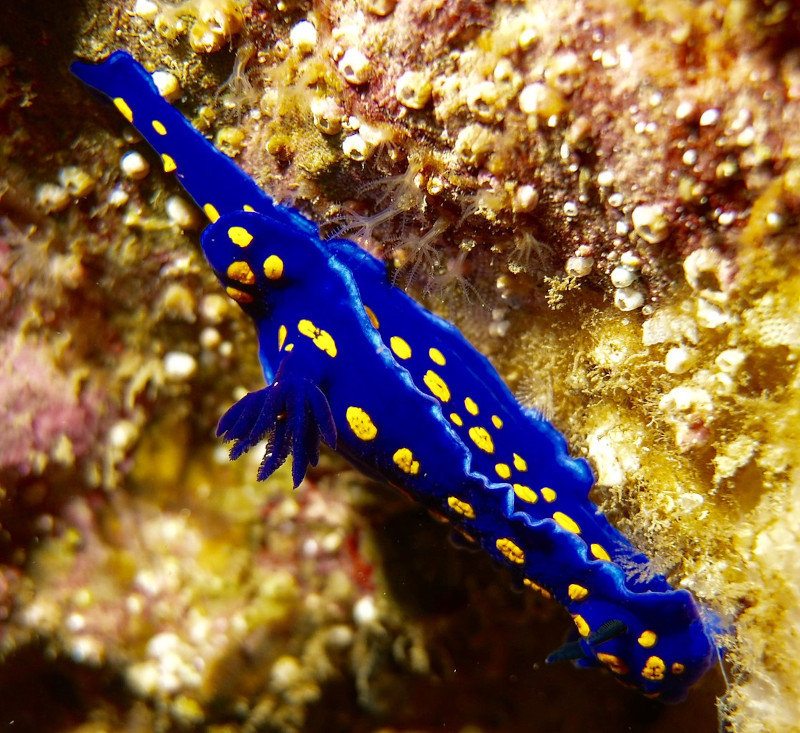
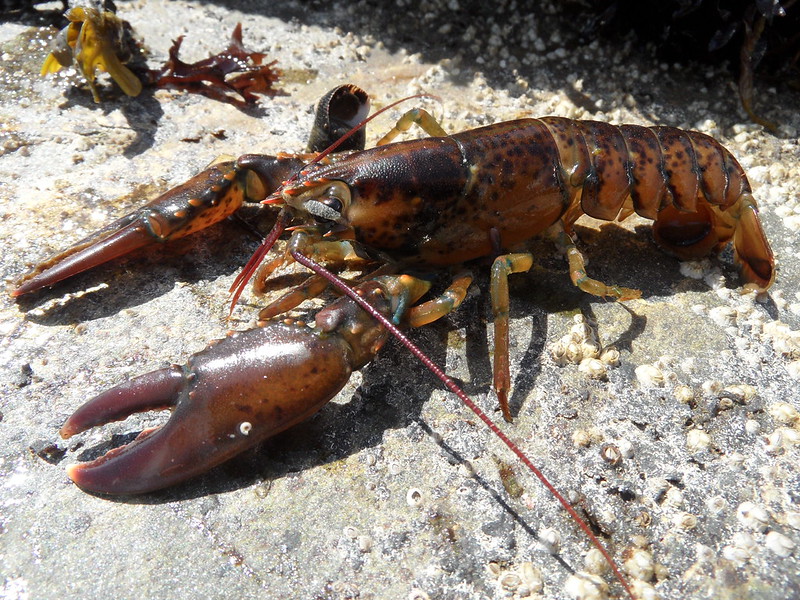
Check out our other articles on 4 Intriguing New Zealand Insects, Japanese Dwarf Flying Squirrel, Vikos Gorge, Common Water Wyacinth, Achemon Sphinx Moth, Orinoco Crocodile
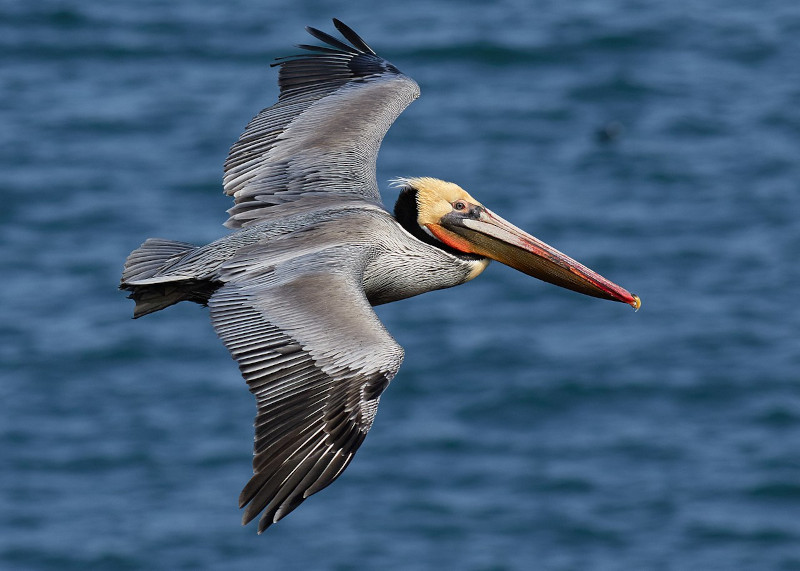
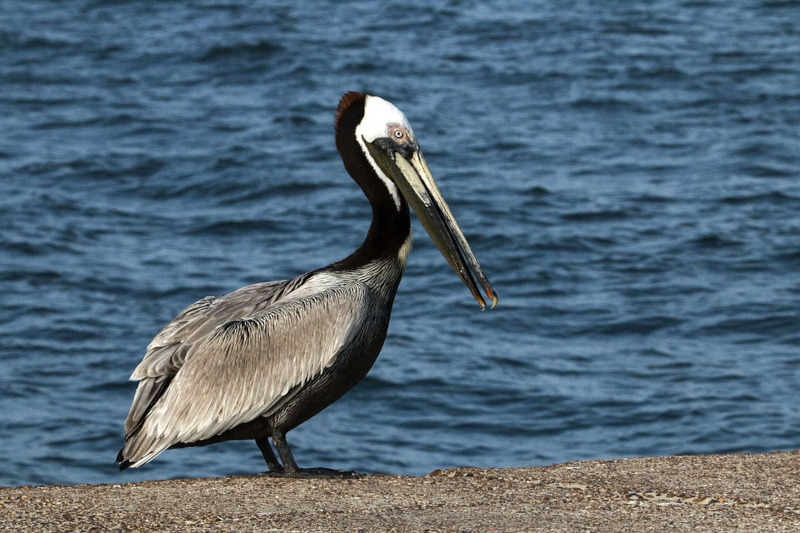
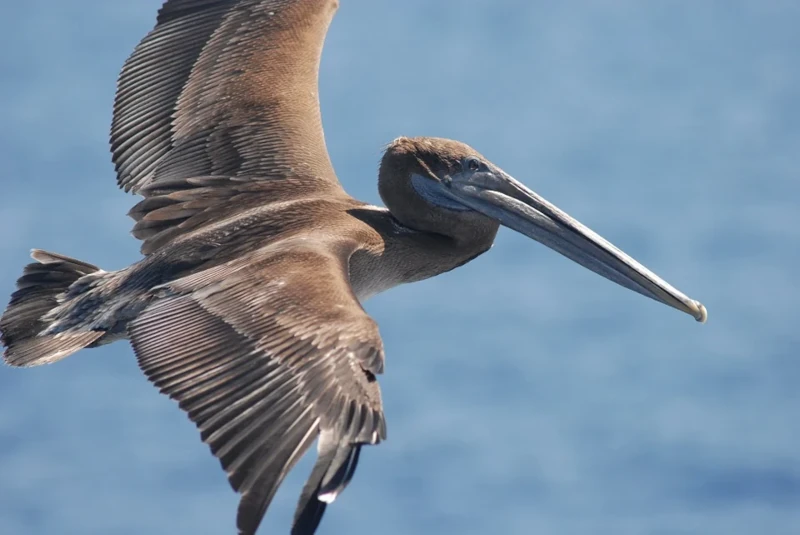









Leave a Reply